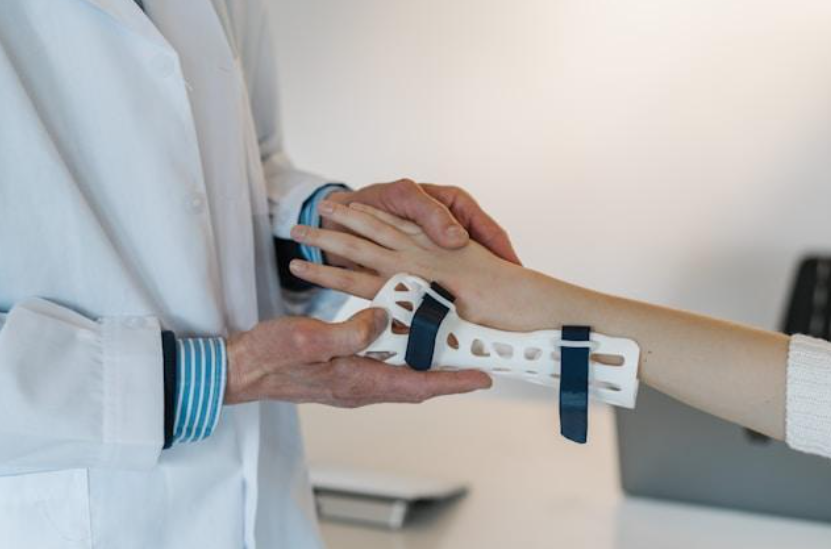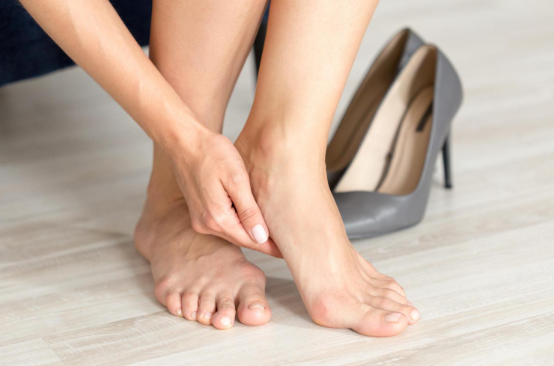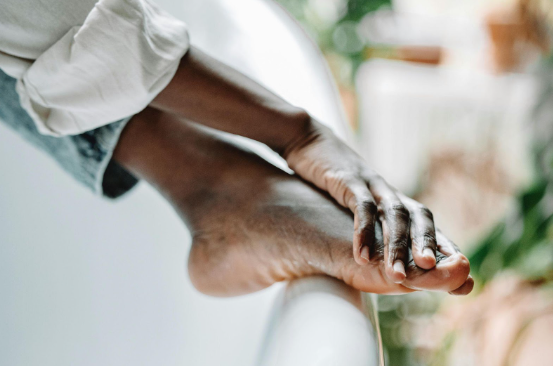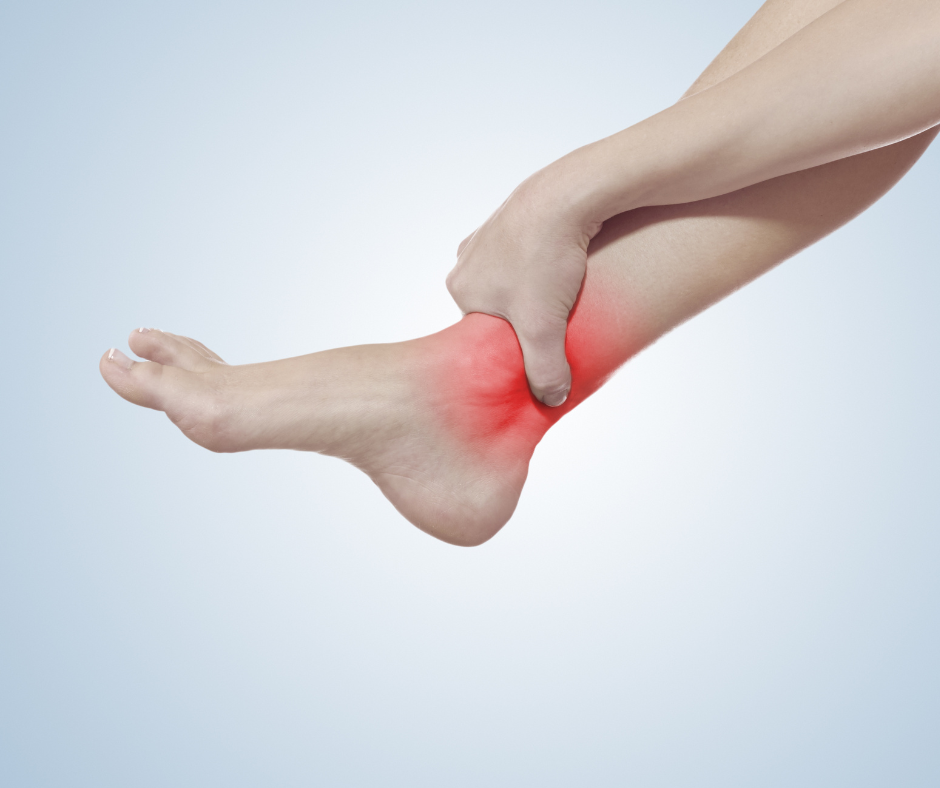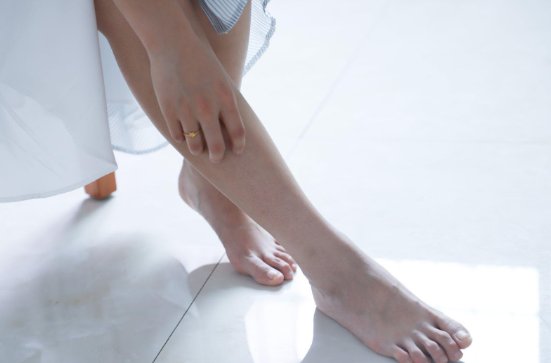HOW TO KEEP YOUR BONES AND JOINTS STRONG AT EVERY STAGE OF LIFE
How to Keep Your Bones and Joints Strong at Every Stage of Life

Maintaining joint health is important for mobility, independence, and overall quality of life. Our joints enable movement and bear weight, making them integral to daily activities. Yet, they are often overlooked until you are in discomfort.
Let’s explore how to keep your bones and joints strong at every stage of life and practical advice to promote lifelong joint health.
Childhood and Adolescence
During childhood and adolescence, the body undergoes significant growth, and this period is vital for developing strong bones and healthy joints. Nutrition plays a key role in this phase. Calcium-rich foods like milk, cheese, yogurt, and leafy greens contribute to bone density. Vitamin D, obtained from sunlight and foods like fortified cereals, aids calcium absorption.
Regular physical activity is also necessary for joint health during these formative years. Weight-bearing exercises such as running, jumping, and dancing help build bone strength. Engaging in sports can improve coordination and muscle strength, both of which support joint stability.
Check that children use proper techniques during physical activities and wear appropriate protective gear to reduce the risk of joint damage. Early education on posture and body mechanics can also have a lasting impact.
Early Adulthood
The body reaches its peak bone mass in early adulthood, typically in the late 20s. This stage is important for maintaining the strength and density built during adolescence. Consistent physical activity remains important, with a focus on a mix of weight-bearing and muscle-strengthening exercises.
Nutrition should continue to prioritize calcium and vitamin D. Incorporating magnesium, found in nuts, seeds, and whole grains, supports bone health. Protein intake is equally important, as it contributes to the structure of bones and joints.
Avoiding habits that can harm bone health is vital. Smoking and excessive alcohol consumption negatively affect bone density and joint health. Staying hydrated and maintaining a healthy weight can also reduce stress on the joints, particularly in weight-bearing areas like the knees and hips.
Midlife
As the body ages, joint health becomes more about prevention and management. By midlife, cartilage may start to wear down, increasing the risk of osteoarthritis. To combat this, maintaining a healthy weight is necessary. Excess weight adds pressure to the joints, accelerating wear and tear.
Regular, low-impact exercises like swimming, cycling, or yoga can keep joints flexible and reduce stiffness. Strength training helps maintain muscle mass, which supports joint stability. Stretching routines improve flexibility and range of motion, reducing the risk of injuries.
In addition to exercise, diet continues to play a significant role. Omega-3 fatty acids in fish like salmon and mackerel can help reduce joint inflammation. Incorporating antioxidants through fruits and vegetables supports overall joint health by combating oxidative stress.
It is also a good time to consider joint-friendly supplements, such as glucosamine and chondroitin, which may support cartilage health. Consulting a healthcare professional before starting any supplement is advisable to prevent any issues further.
Senior Years
In senior years, maintaining mobility becomes the priority. Joints may become stiffer, and conditions like arthritis are more common. However, there are many ways to protect joint health and preserve independence.
Engaging in regular physical activity tailored to your abilities is necessary. Gentle exercises such as tai chi and water aerobics improve flexibility and balance while minimizing joint strain. Strength training remains important for supporting bones and joints, even at an advanced age.
Nutrition should focus on anti-inflammatory foods. Whole grains, leafy vegetables, nuts, and fatty fish can reduce inflammation, a common cause of joint discomfort in seniors. Staying hydrated is particularly important, as dehydration can affect joint lubrication.
Using supportive footwear and assistive devices can help reduce joint strain during daily activities. Also, addressing any joint pain or stiffness early can prevent more serious issues. Regular check-ups with a healthcare provider can identify potential problems and offer tailored solutions.
Managing Joint Health Through Lifestyle Choices
Joint health is influenced by several lifestyle factors that apply across all age groups. Managing stress, for instance, can indirectly benefit joint health. Chronic stress can lead to muscle tension, which puts additional strain on joints. Practicing relaxation techniques such as deep breathing or meditation can alleviate this tension.
Adequate sleep is another critical factor. Restful sleep allows the body to repair itself, including the joints. Creating a consistent sleep schedule and maintaining a comfortable sleep environment can promote better rest.
Staying proactive about joint health also means listening to your body. Ignoring discomfort can lead to more significant problems over time. If joint
pain persists, consult a healthcare provider to determine the cause and address it promptly.
The Role of Genetics in Joint Health
Genetics can play a role in joint health, with some individuals being predisposed to conditions like arthritis or osteoporosis. While you cannot change your genetic makeup, understanding your family history can help you take preventive measures.
For example, if osteoporosis runs in your family, focusing on bone-strengthening exercises and adequate calcium intake can lower your risk. Similarly, if arthritis is a concern, adopting an anti-inflammatory diet and maintaining an active lifestyle can help manage potential symptoms.
The Importance of Early Intervention
Addressing minor issues like occasional stiffness or mild pain can prevent them from becoming chronic problems. Regular check-ups with a healthcare provider, particularly as you age, can help identify potential joint issues early.
Physical therapy can also be a valuable tool for improving joint function and reducing pain. A physical therapist can design a personalized exercise program that strengthens the muscles around the joints and improves flexibility.
Take the first step towards lasting joint health and mobility with us at
AZ Ortho. Our team of specialized orthopedic experts is dedicated to providing personalized care and innovative solutions for all your joint needs.
Schedule your consultation today!
